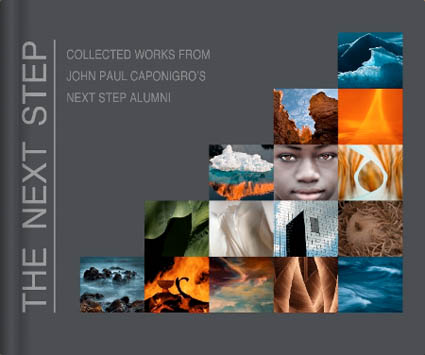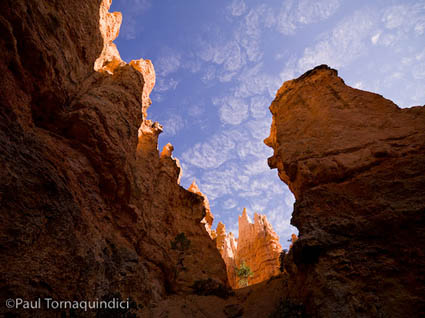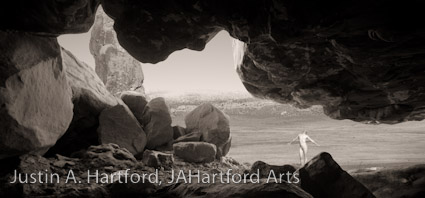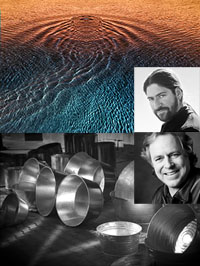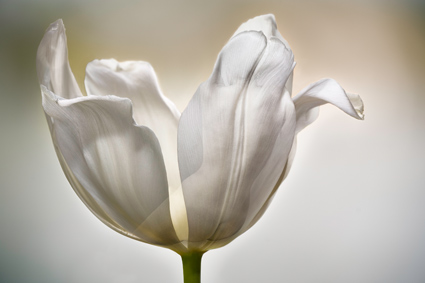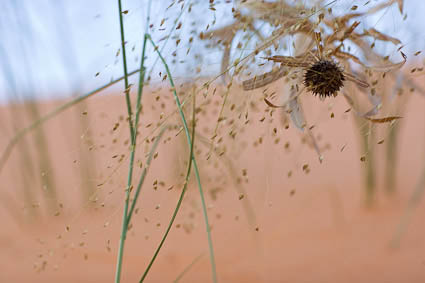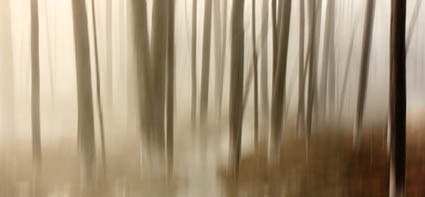
For over 10 years I’ve been mentoring a select group of individuals. Their progress has been thrilling to watch. It’s been a true privilege to be a part of their growth. July 7 their first Group Exhibit will be unveiled at the Maine Media Workshops. (link)
Robert Eckhardt has been a member for 1 year. Here are his insights.
Alumni Insight
(NSS) It seemed innocent enough at the time. I was attending my first
workshop with John Paul, who repeatedly urged everyone to reconsider
(i.e., break) entrenched habits, thinking, and ways of seeing. At one
point, expanding upon the list “rules” we might choose to violate,
John Paul suggested that we take our cameras off our tripods and
intentionally move them as we pressed the shutter. I found this idea
rather provocative, tried a few shots, and, after reviewing my handful
of failures, quickly abandoned the effort. But when I got home I
couldn’t get the idea out of my head. For some reason, I took this
particular idea as a personal challenge, a puzzle to be solved.
Eventually, after weeks of trial and error, I solved the puzzle, and
the resulting photographs became the series I now call “motion |
pictures”. That series has become the primary focus of my current
photographic work.
About a year later, while discussing some “motion | picture” images, I
confessed that I found photographing trees almost irresistible and
felt that I should make a greater effort to broaden my horizons. John
Paul challenged me to find ways to photograph subjects that I thought
were impossible with this technique. And I have (stay tuned). Then he
said, “But don’t stop photographing trees.” And I haven’t.
See more of Robert’s work here.
See the Next Step Exhibit at the Maine Media Workshops July 7 – 30.
Find out more about my workshops here.
Read More




